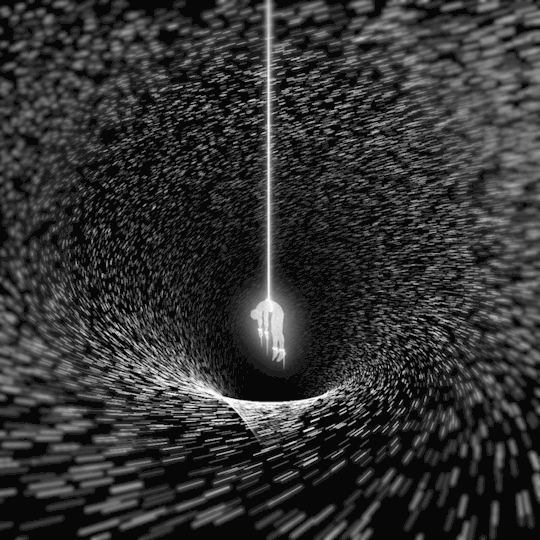Don't wanna be here? Send us removal request.
Text

More recent listening…
Songs of Distant Earth, Platinum, Amarok & Crises.
6 notes
·
View notes
Text

Recent listening…
Ommadawn, Hergest Ridge, Incantations & Tubular Bells.
5 notes
·
View notes
Text
2K notes
·
View notes
Text
122 notes
·
View notes
Text
youtube
Bon Soir 💙🎸🦉❤️🌜
Mike Oldfield & Maggie Reilly 🎶 Moonlight Shadow
31 notes
·
View notes
Text
1K notes
·
View notes
Text
5K notes
·
View notes
Text
2K notes
·
View notes
Text
2K notes
·
View notes
Text
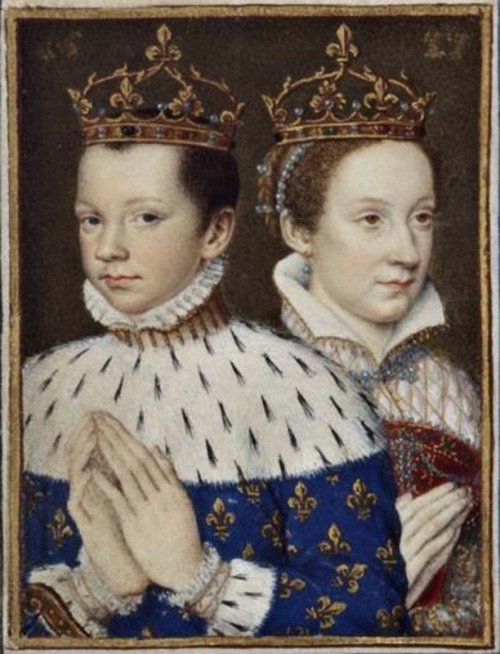
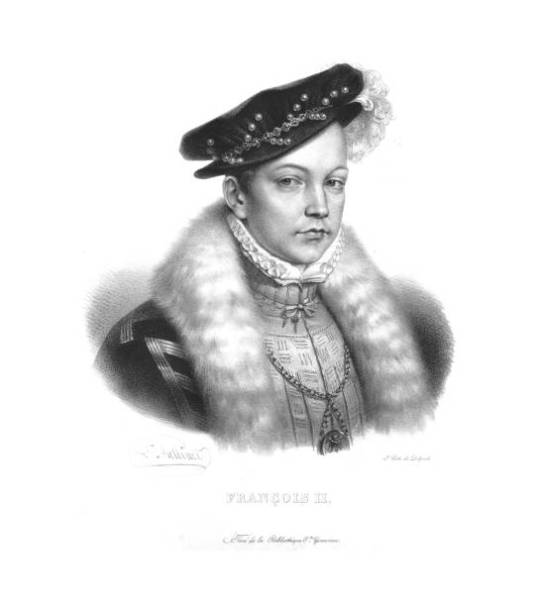
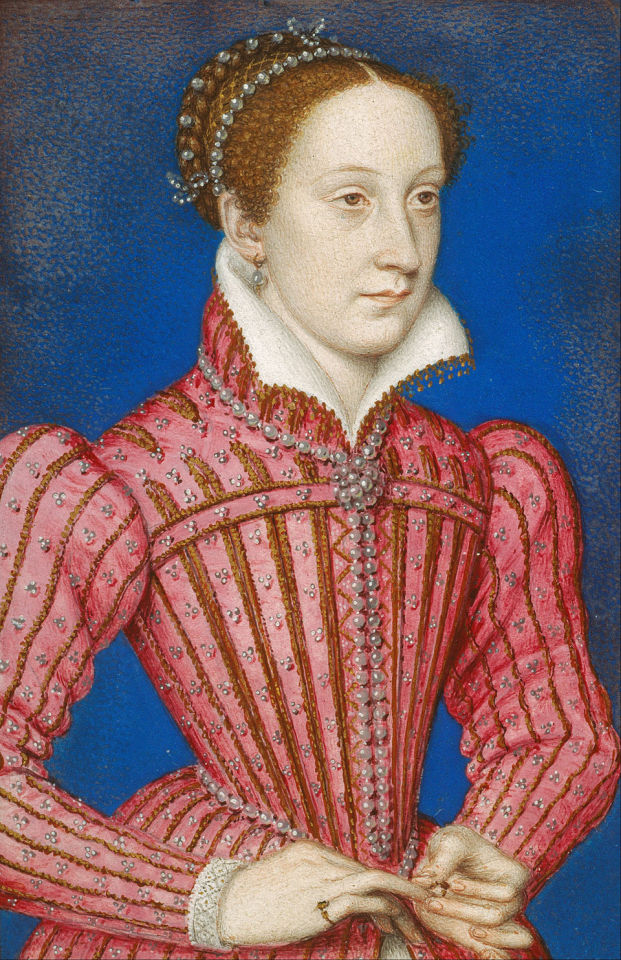
24th April 1558 saw Mary Queen of Scots marry the French Dauphin, François de Valois, at Notre Dame in Paris.
In 1548 the five-year-old Mary was sent to her grandmother Antoinette of Guise in France, where her Scottish entourage was considered appallingly barbarous and swiftly got rid of, and she was brought up as a Catholic Frenchwoman. French became her first language, and from then on she always called herself Marie Stuart.
Mary/Marie grew up delightfully charming, graceful and attractive, the French fell in love with her and Henry II of France resolved to marry her to his son and heir, the sickly dauphin Francis. A marriage treaty was signed with the Scots, which provided that Scotland and France should eventually be united under Mary and Francis as one kingdom. There were also secret agreements, which the youthful and inexperienced Mary signed, that would have made Scotland a mere adjunct of France.
Marie Stuart’s first wedding occurred on April 24th, 1558 at Notre Dame and was touted as the social event of the century. Although the formal betrothal ceremony occurred only a week before, the fact that a royal wedding was in the offing was the worst kept secret in Europe. Wedding guests had been arriving for weeks and the Valois court was abuzz. It was by all accounts a spectacle unsurpassed in any living person’s recollection.
There are no portraits of Marie Stuart in the gown she wore that day, but the official wedding portrait shows two children in their adolescence, unaware of how short their future together would prove to be.
Marie’s uncle, the handsome and politically savvy Francois, Duke of Guise, had just ousted the English from Calais and was very much the man of the hour.
The House of Guise was populated by robust, attractive people the sort from which legends emerge. They had an uncanny ability to play to a crowd, and the youngest member central to the scene that day –the Queen of Scots—was no exception.
The bride defied tradition and the will of her prospective mother-in-law Catherine de Medici by insisting on wearing white, which in Catherine de Medici's culture was a colour of mourning. When Catherine balked, the Queen of Scots took the argument to the ultimate arbitrator Henri II, her future father in law and greatest fan. The king sided with Marie. Unfortunately, there is no extant portrait of the queen on the day of her wedding, but the verbal descriptions confirm that she was wearing a gown of white trimmed with pearls and weighted down with precious jewels, and her auburn hair was flowing down her back in the tradition of a virgin.
Ordinarily the Constable of France Duke Anne de Montmorency would have hosted the event, but he was a prisoner at San Quentin, a circumstance that allowed the handsome and victorious Francois de Guise to assume the honours. He and his brother the Cardinal of Lorraine were careful to orchestrate the processional in such a way to give the common people a clear view of the bride as she arrived on the arm of the King of France. As much of the ceremony as possible took place within the view of the common spectators. In a sense, the entire City of Paris was on the guest list. Much gold coin was scattered to the huge crowd gathered there as the duke called out 'Largesse, Largess!' The Guises had wanted the wedding to be a crowd-pleaser. The ceremony itself was only one facet of the wedding celebrations, which went on for days. It was said that there was no chocolate or butter to be had within the city, and that many a fine house had been pillaged of its velvet draperies because of the demand for fine fabrics. It was indeed the epitome of a fairy tale royal wedding. Although the groom was a fragile pathetic boy with a chronic runny nose and a pronounced stutter, the crowd had not gathered to see the Dauphin. They had been assembled for a glimpse of the girl who someday would be Queen consort and who was already our anointed Queen of Scots.
Not even Catherine's friend Nostradamus had predicted how soon the newlyweds would be King and Queen of France or how quickly Marie Stuart's life would change. Within a little more than a year, Henri II had died following a freak jousting accident, and the Queen of Scots was Queen consort of France. In shortly more than another year, she was a widow, frantically surveying the list of crowned heads of Europe in hopes of finding a second husband not noticeably inferior in standing to the first.
Catherine de' Medici, Marie’s mother in law was not as keen on the now widowed Queen as her husband had been, and Marie Stuart was soon on her way back to an uncertain future in a Scotland that was in the throes of the Reformation, more on this, as ever to come.
19 notes
·
View notes
Text
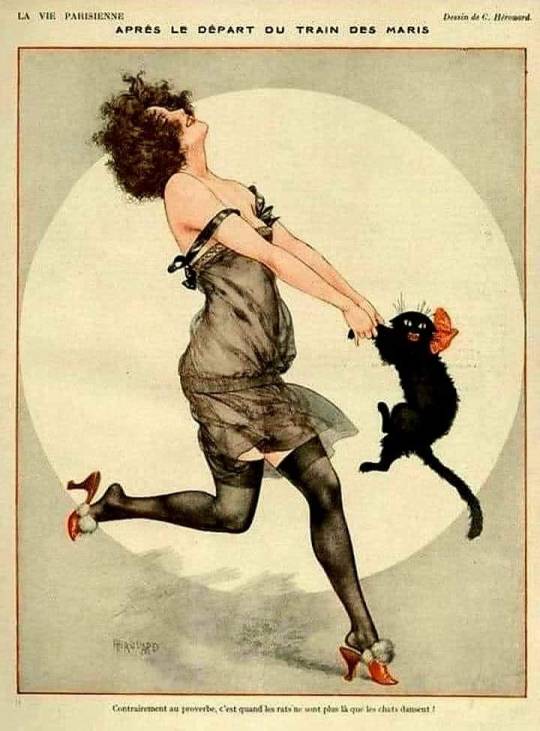
'After the husband's train has left'
Illustration in La Vie Parisienne magazine (1923). Artwork by Chéri Hérouard.
968 notes
·
View notes
Photo
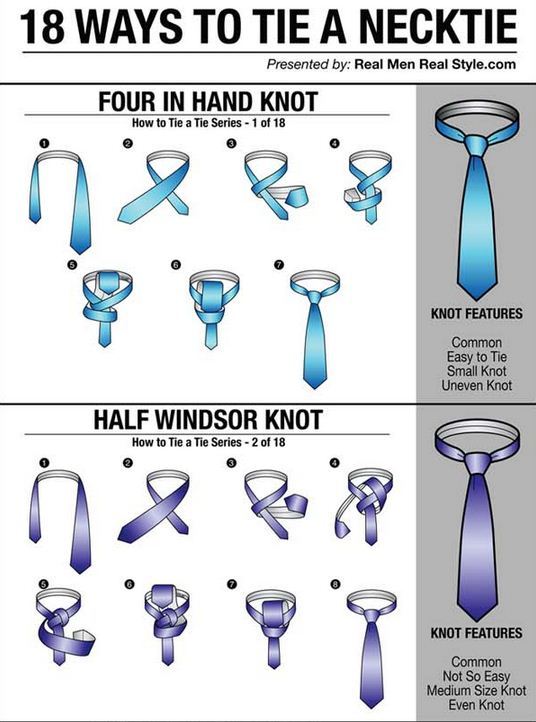
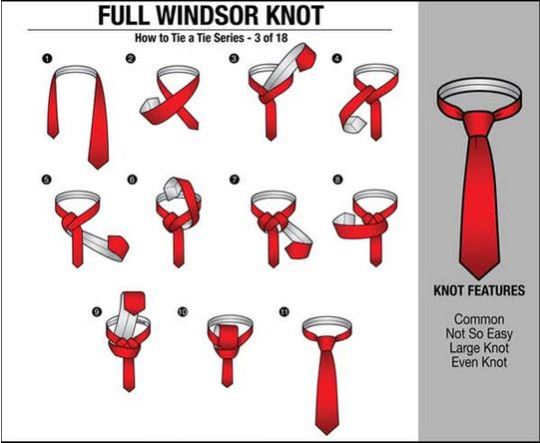




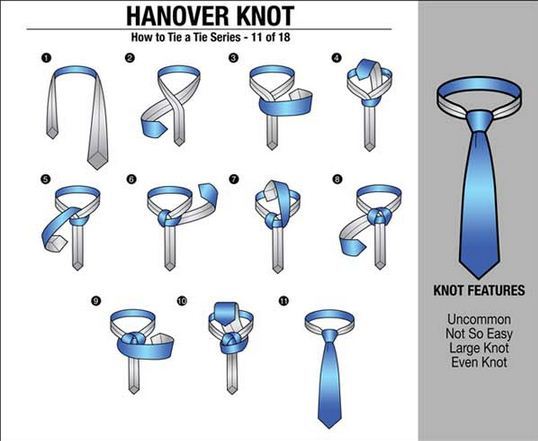

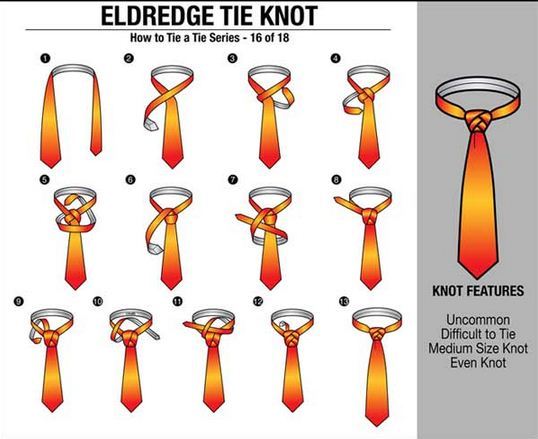

A collection of Ways to Tie a Necktie
Our other collections:
How to fold a shirt
Choosing a suit that fits
6 ways to tie a Scarf
182K notes
·
View notes









